Many people expect that flight training and getting a private pilot’s license is an extremely difficult task, and they may not pursue their interest in flying an airplane because the process seems intimidating. When we ask student pilots how hard it is to get a pilot’s license, they usually say that it can be challenging but is highly rewarding and easier than they expected.
Are All Pilot Licenses Hard to Get?
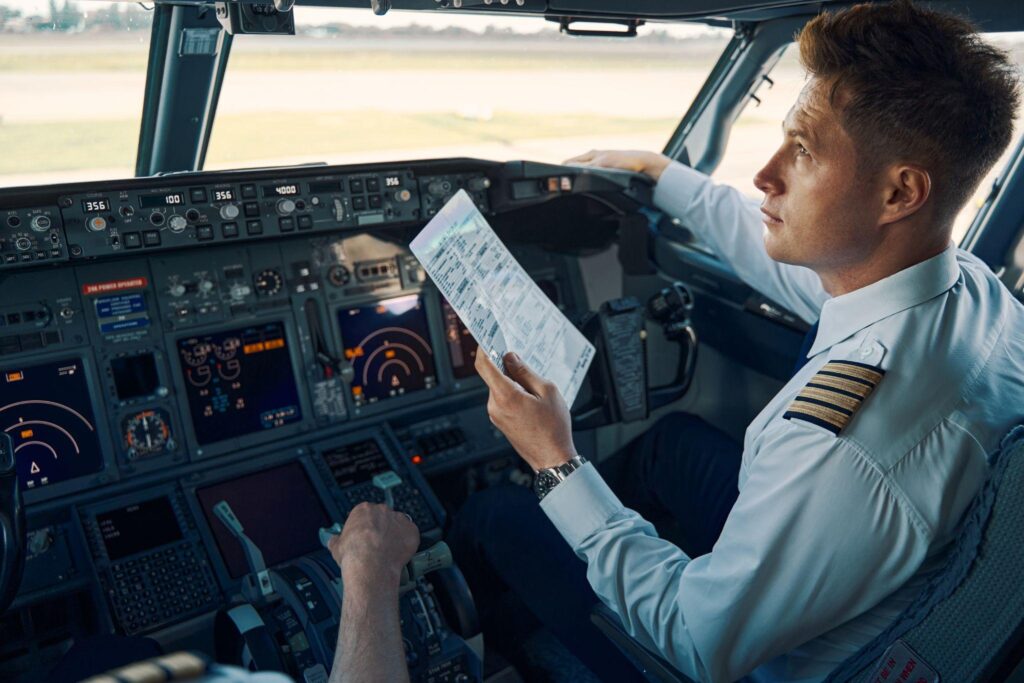
The answer to this question will largely depend on what kind of pilot you wish to be and whether you intend to fly for a major airline. Sport or recreational pilots can earn a certificate that allows them to fly small aircraft fairly easily and at a reasonable cost. You may be able to obtain the most basic pilot certificate by investing about 40 hours in pilot training at a cost of around $5000. Some students need a little more time to feel ready to pass the FAA tests required.
On the other end of the spectrum, if you wish to earn the Airline Transport Pilot certificate, or ATP, you will most likely need a full-time flight school, many hours of ground school and simulator training, a Class 1 medical certificate, and a significant investment of both time and money. This kind of pilot’s license allows you to work as a pilot for the largest airlines in the country.
How Difficult Is it to Get a PPL (Private Pilot’s License)?
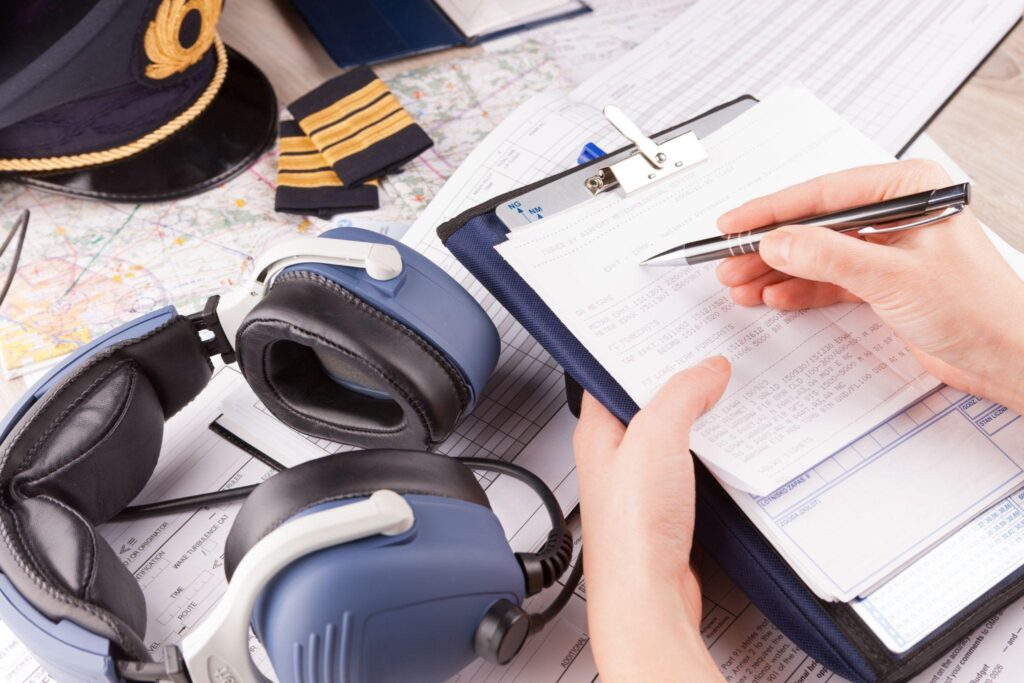
Earning a private pilot certificate will allow you to operate any aircraft for which you are rated and fly solo or with non-paying passengers. This is a good basic certification that you can build upon if you wish to start a career as a pilot.
In order to meet the requirements for this pilot license, you must:
- Be at least 17 years old, although you can begin training for the license at age 16.
- Read, write, speak, and understand English well.
- Be able to obtain a Class 3 medical certificate.
- Understand basic arithmetic and be able to use it.
- Pass an oral and written test, and then complete a successful check ride.
What Is Involved in Becoming a Pilot?
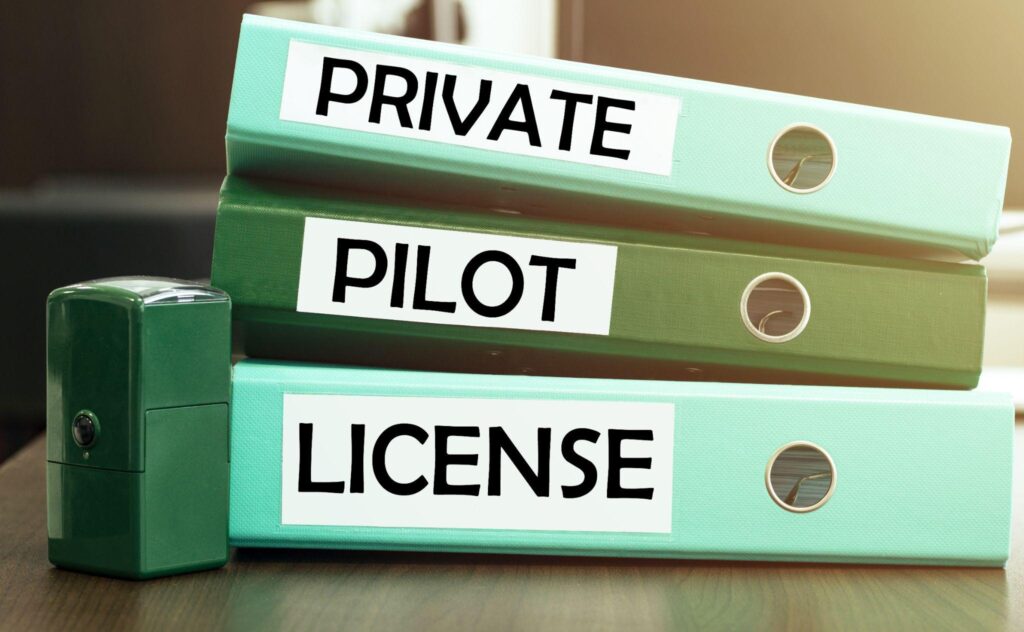
Becoming a pilot involves three phases of training. These are flight training, ground school, and testing. Each phase prepares a new pilot for the decisions they will need to make in the air. Important facets of learning to fly include technical knowledge, practical experience, theoretical understanding, flight planning, and management.
Flight Training for a Pilot License
Your flight instructor will provide you with hands-on training in preparing an aircraft for flight and operating it through basic and complex maneuvers. For much of your flight training, the instructor will be right next to you.
By the time you complete your flight training, you will be able to fly solo and will have completed at least one cross country flight. You will gain experience and proficiency, complete the required hours of flight time, and can continue this phase of training and additional hours of flight until you and your instructor agree you are ready to pass the FAA check ride.
Ground School for a Pilot License
Attending classes on the ground will allow you to learn about the theory and science of flight, as well as these critical skills and abilities for pilots:
- The theory and science of aerodynamics
- Laws affecting air travel
- Technical and mechanical understanding of your aircraft
- Safety procedures
- Crew and passenger management
- Weather factors and flight planning
- Instrument rating and navigation
Testing for a Pilot License
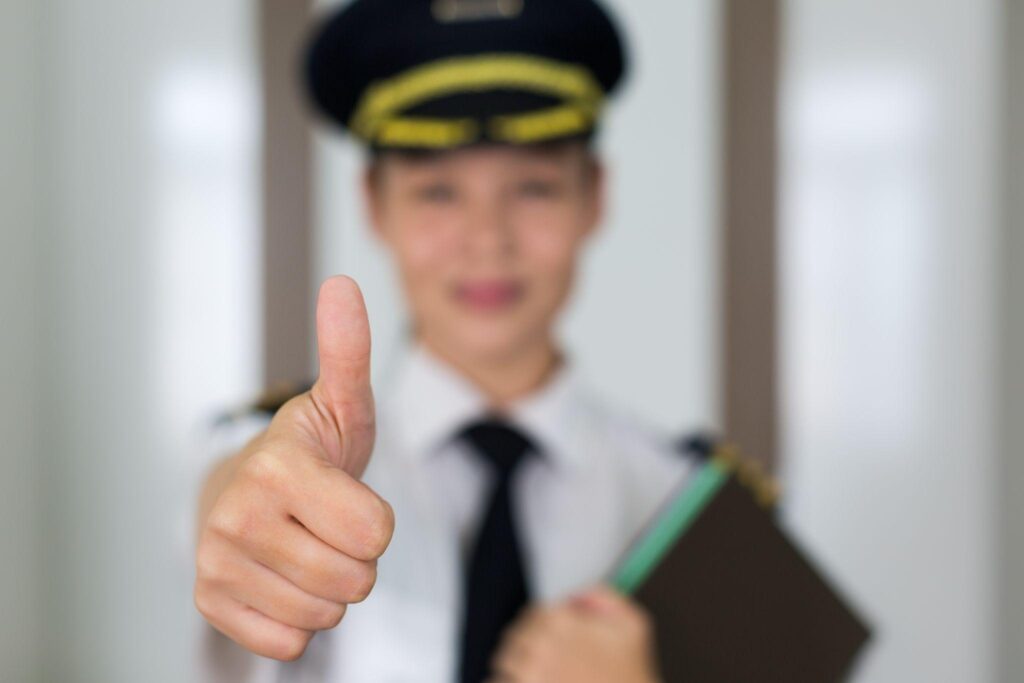
To obtain your pilot license from the FAA, you must pass a written test, an oral board exam, and a check ride or check flight. A good flight academy helps you fully prepare for every aspect of these final exams.
- Written exam. This knowledge test contains 60 multiple choice questions on subjects including weather, air law, safety procedures, aeronautics science, and other subjects covered in ground school.
- Oral exam. The oral board is given by an FAA examiner and covers all topics related to the license you are applying for. The examiner may ask you to explain how you will react in certain scenarios or have you interpret charts and weather warnings. They may even quiz you about mechanical or aeronautical topics.
- Check ride. Your final check flight is a practical test where you will fly with the examiner for about an hour and a half to demonstrate your ability to operate the aircraft with confidence and proficiency. You will be well prepared by your flight instructor for the directions the examiner will give you during your check ride.
Let Your Dreams Take Flight Today
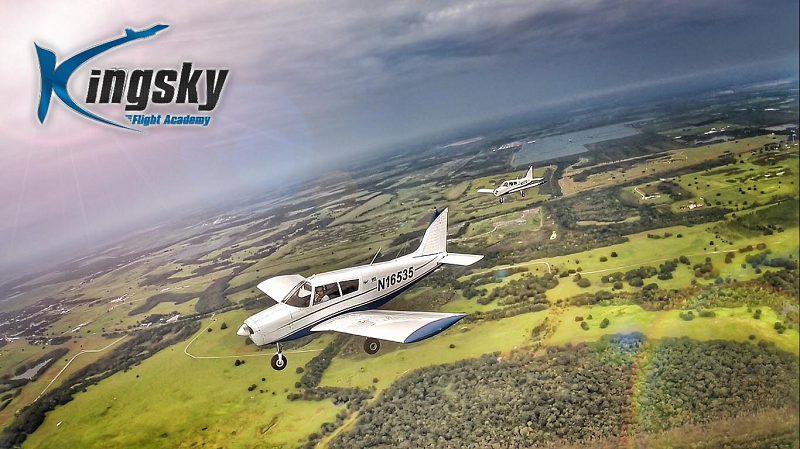
If you are dreaming of flying an airplane, or are just curious if it is something you can do, contact a flight school that is dedicated to student pilot success and safety. Schedule a discovery flight and find out how it feels to be behind the controls and in the air. Becoming a pilot is a goal that is both challenging and achievable for most people. The only way to know if you can take your dreams into the sky is to try.
At Kingsky Flight Academy, we have 60 years of experience and everything you need to find out if becoming a pilot is within your reach. Our record of safety and student success are unmatched, and with 300 or more sunny days each year, our location in Lakeland, Florida is the perfect place to learn to fly. Contact us today to reach new heights tomorrow!
